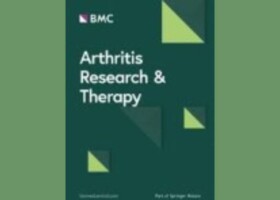
Authors:
Reuben Gobezie, Alvin Kho, Bryan Krastins, David A Sarracino, Thomas S Thornhill, Michael Chase, Peter J Millett, David M Lee
Abstract:
Osteoarthritis (OA), which is characterized by progressive destruction of articular cartilage, is by far the most common musculoskeletal disorder in the world, afflicting 40 million people in the USA alone. Although this disorder is one of the most common among the aging population, our understanding of its etiology and pathophysiology, as well as our ability to detect early disease, is strikingly poor. A number of factors have frustrated efforts to elucidate the disease, and to develop diagnostic and treatment approaches; these include conflicting observations in epidemiologic studies, protracted disease duration, poorly correlated symptoms and radiographic findings, and lack of effective therapies. Compounding these difficulties, experimental mouse models are lacking and diseased tissue for experimental analyses is typically obtained from patients with advanced disease at joint replacement surgery, thereby limiting insight to late stages of disease.
These challenges notwithstanding, extensive disease-focused research has revealed that OA is not simply the result of age-related cartilage wear. Rather, the pathophysiology of disease involves the entire joint structure, including cartilage, synovium, ligaments, subchondral bone, and periarticular muscle. Documented contributors to this pathophysiology include genetic predisposition, trauma, inflammation, and metabolic changes. These insights have led many authorities to hypothesize that OA is best thought of as a group of disorders with varied etiologies whose final common clinical phenotypes con- verge.
For the complete study: High abundance synovial fluid proteome: distinct profiles in health and osteoarthritis
